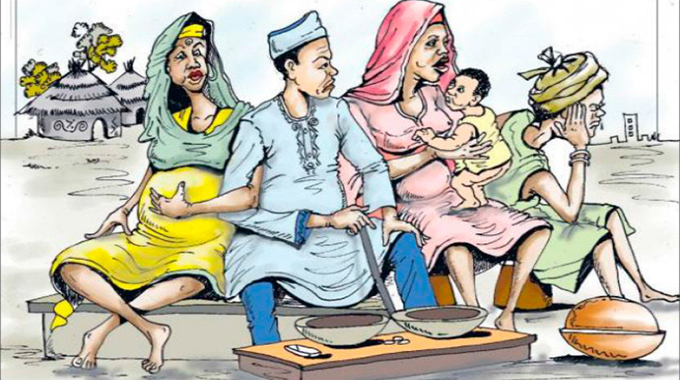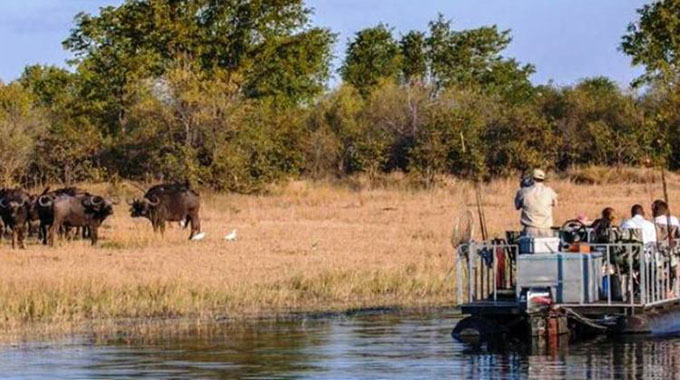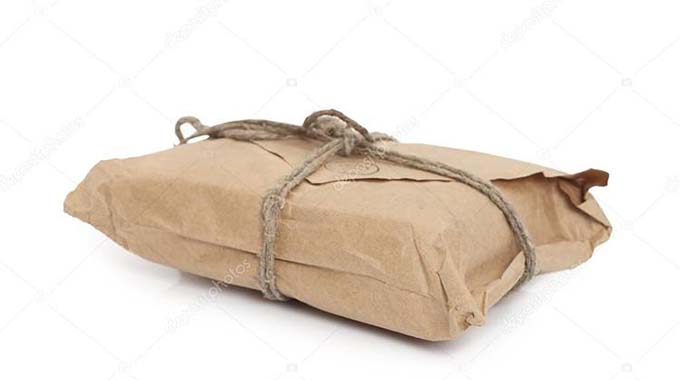Lest we forget the ‘Keep’
operate from Mozambique and remained dominant among the Shona people in eastern and central Rhodesia.
It was fast spreading to the western parts of the country.
Zipra remained active in the north and west, using bases in Zambia and Botswana. The freedom fighters from the two nationalist movements all met in the land of milk, honey and dust. With this escalation of the war came the increasing sophistication and organisation. No longer were the guerrillas the disorganised force they had been deemed in the late 1960s.
Indeed, now they were well-equipped with modern weaponry. An increasing number had received training in the Communist bloc and other sympathetic countries. Weapons fielded included AK47 and SKS assault rifles, RPD and RPK light machine guns, as well as RPG-2 and RPG-7 rocket-propelled grenade launchers.
The Rhodesians only discovered how well-equipped the nationalists had become when raids on guerrilla bases towards the end of the war revealed mortars, 12,7mm and 14,5mm heavy machine guns and even heavier calibre weapons such as 122mm multiple rocket launchers.
On April 3, 1977, General Peter Walls announced the Rhodesian government would launch a campaign to win the “hearts and minds” of Rhodesia’s black citizens.
A combination of war and hunger was not the best thing and yet, the northern districts sharing the border with Mozambique and Zambia — the two fronts for the liberation movements had become the epicentre of the war. The war had raged on and certainly the Rhodesian Front was losing out to the freedom fighters.
Each day, the Smith regime was losing ground, men and arsenal. Their days were numbered! At night, villagers would gather around a small shrieking radio and listen to the liberation broadcasting from Maputo. The boys or “Vanamukoma” were winning. There was evidence of the presence of the liberation fighters every day and they now had the luxury of even meeting villagers in broad daylight in homes and at townships, with guns slung on their shoulders.
Schools were closing one-by-one as the war intensified. Village boys marvelled at knowing the type of guns carried by Cdes Mcduff Mandebvu, Farai Kapfupi, Mabhunu Muchapera, Rovai Hondo, Disaster Bazooka and others.
Intermittently, there was the presence of the masters of disguise, the evil Selous Scouts, where it was uncommon to find a white man painted black only to be sold out by the lips. White soldiers also wore black ski masks. So many people were beaten silly or killed after failing to differentiate between the scouts and genuine freedom fighters.
If one met Rhodesian solders and pointed to the direction where the liberators had taken, they would certainly retreat. Livestock were affected severely by the drought and the war. Cattle and goats were so thin and hungry that they could be seen nibbling at anything that had a semblance of green, including papers.
That year, the Dande River was at its lowest but not dry. Villagers saw, for the first time, the gleaming stones, polished smooth by ages of running river water. Footpaths from various homesteads converged on the riverbanks, like the arms of an octopus.
The river continued to flow lowly, oblivious of the passage of time or change of visitors.
Dande River was a silent observer of the war. It never told the secrets. On its banks and riverine, vegetation had witnessed budding romances blossom into weddings, women gossip and people, including liberation fighters’ bath in the nude or half dressed. It had listened to many quarrels between washing and bathing women, good and bad gossip. Scandals too! The war, the war and the war. Yes, the war!
Except for a few ripples caused by a falling tree leaf or flirting dragon fly or diving frog, the river flowed quietly. One wintry morning, this villager’s mother was preparing grain for the grinding mill.
She was winnowing, holding the winnowing tray full of grain at an angle, and agitating in such a way that the clear grain dropped down on the reed mat, while the chaff was blown off by the wind. The chaff, looking like straw coloured dust, spread thick on everything within reach. This villager’s job was to scare away goats that always tried gambolling on the chaff.
Suddenly, the village was awash with huge green-grey lorries and the Rhodesian soldiers were forcing every family to pack its belongings and go to a fenced area at Shinje Business Centre.
There, the villagers would be detained to avoid contact with the liberation fighters. It was a sanction against the guerrillas who were supposed to starve.
Without the villagers, the Rhodesians knew there would be no one to feed the freedom fighters.
The Smith regime hoped to drop from helicopters, poisoned food, which the starving freedom fighters would pick, eat and die. They also hoped to drop poisoned clothes and shoes. They used anthrax too.
Villagers used to their homes, were closed in and kept as squatters in the place that was then called “Keep.” To get out of the “Keep” or protected area, at Shinje one needed some skill in deception.
The pig wire was well erected and there were two main gates, one towards Sipolilo (Guruve) Police Station and another towards Sinoia (Chinhoyi).
Every morning a roll call was done and you needed to be present to make sure that you did not sneak out to meet the comrades. But men and women still did sneak in and out, unnoticed.
More often than not, the fence was found cut with a bolt cutter despite being patrolled by auxiliary forces, aptly named Makofi, because of their ugly coffee uniforms. To go out to the fields and to tend to cattle and goats, you needed to be cleared and the register would be marked to make sure you come back.
Goats were normally tethered early and cattle closed in early too, to enable the owner to walk the long distance back to the “Keep.”
Unbeknown to the Rhodesian regime, the “Keep” rallied the people against them instead of the opposite. There was crowding, disease and hunger. There was this lack of personal freedom. There was the roll call, like a boarding school. There was this ill-treatment by the Kofi guys. There was cramming in one or two mud-and-pole huts. Child deaths and the inhuman cemetery along Mukuva Stream and Shinje River were another factor.
Then came the outbreak of scabies. Everyone in the “Keep” scratched their hands like a fervent guitarist. We all played the scabies guitar, unwillingly.
The war raged on and Smith was determined to close out black majority rule. In many Tribal Trust Lands the “Keeps” were erected. That was a form of sanctions against the liberation fighters but they did not work for the better. The guerrillas were expected to starve but the little food in the “Keep” still found its way to the freedom fighters.
During the course of the war most white Rhodesians carried personal weapons, and it was not unusual to see white housewives carrying sub-machine guns.
A siege mentality set in and all civilian transport had to be escorted in convoys for safety against ambushes. Farms and villages in rural areas were frequently attacked.
The Rhodesian government divided the nation into eight geographical operational areas: North West Border (Operation Ranger), Eastern Border (Operation Thrasher), North East Border (Operation Hurricane), South East Border (Operation Repulse), Midlands (Operation Grapple), Kariba (Operation Splinter), Matabeleland (Operation Tangent), Salisbury and District (SALOPS).
The war raged on and at the end, one morning in 1979, the Kofis were shocked to find the “Keep” under the control of the guerrillas and villagers exploded into song and dance. The slogans sent everyone into a frenzy and Zimbabwe was about to born.
Soon a ceasefire was announced. It was the dawn of a new era!
The sanctions against the boys never worked; instead they rallied the people against Ian Smith.
So, the sanctions are not new to liberation forces. They have always been used against them. This is just one aspect.
The villagers saw a lot, ask the soothsayer, the ageless autochthon of wisdom and knowledge.
When the election eventually came the villagers voted for their freedom, for their land, for their humanism, for their dignity and for the future.
They voted for empowerment and indigenisation. When voting came, the villagers voted to appeasing the thousands of gallant sons and daughters who perished and lay unburied or buried in shallow graves in the bushes, mountains and valleys.
So, if others died for this country, who are we not to further their interests by voting for the promotion of their values, virtues and principles, 33 years after enjoying the freedom they paid the ultimate price for?






Comments